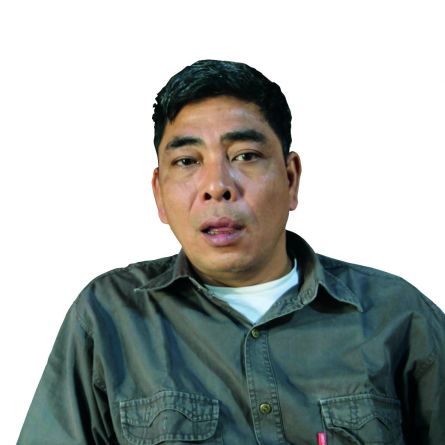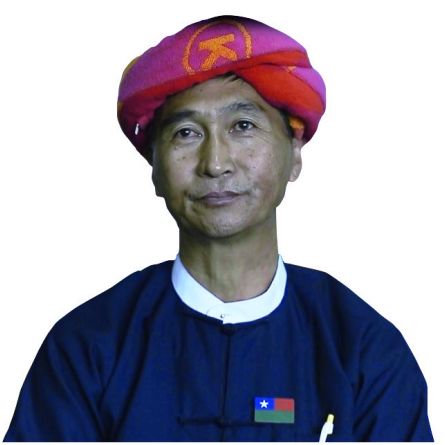
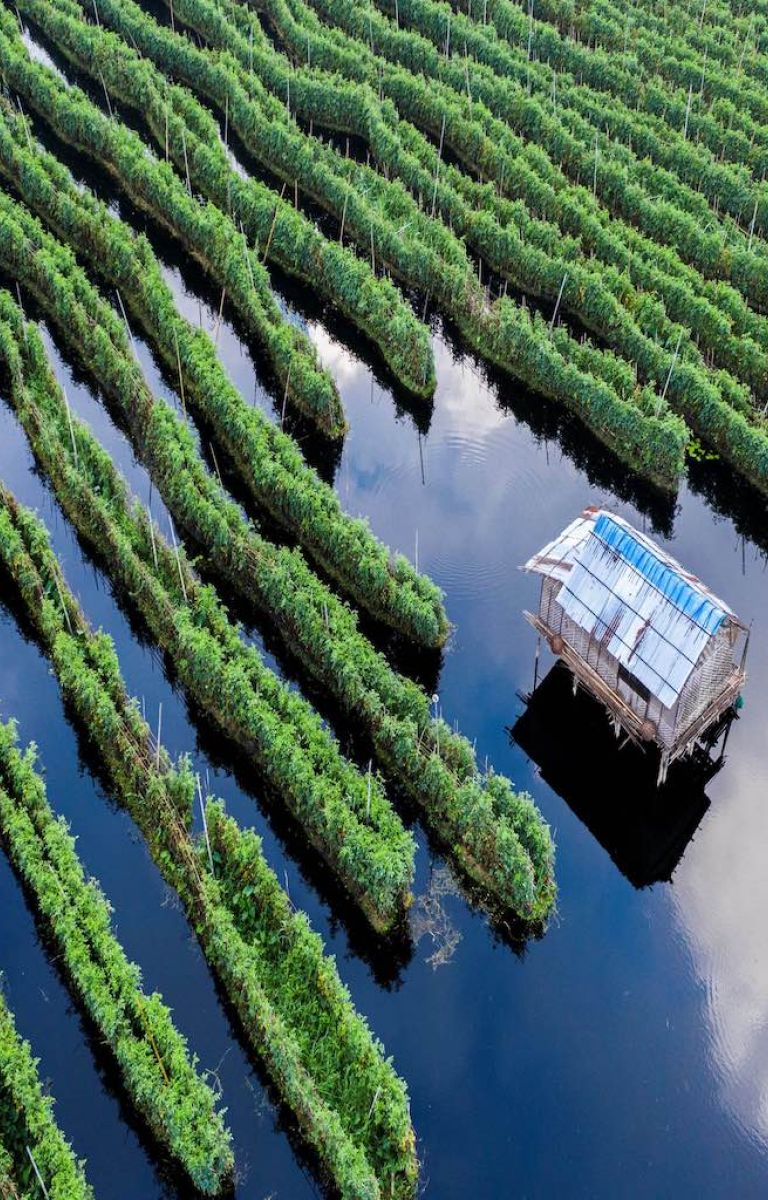
The Inle Lake landscape in Myanmar’s Shan State is a historic, cultural and biodiversity hotspot. Protected as an ASEAN Heritage Park and UNESCO Biosphere Reserve, Inle Lake is nestled in a mountain valley on the Shan Plateau. Its wetlands support many endemic fish, snails and plants species. Seven ethnic communities call the Inle Lake home: Intha, Pao, Bamar, Taung Yo, Danu, Palaung and Shan. They rely on the lake and its surrounding forests to sustain their lives and cultures. To protect Inle Lake’s natural diversity and the lives and cultures of its people, investments are needed to address increasing tourism, mitigate and adapt to climate change, stop environmental degradation and build the foundations for democracy and a lasting peace.
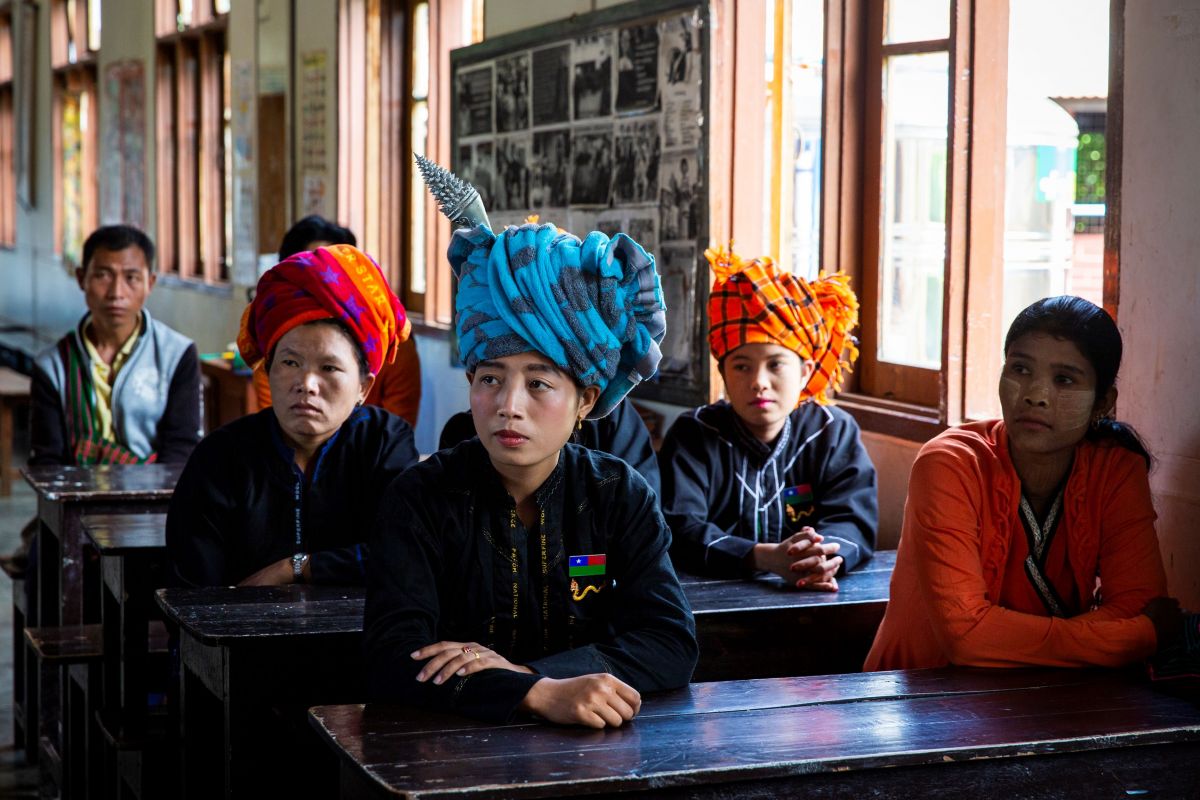
Inle Lake by numbers
-
Total area of landscape: 209,648 hectares
-
Forest cover: 60 percent
-
Population: 1,701,338
-
Poverty rate: 25 percent
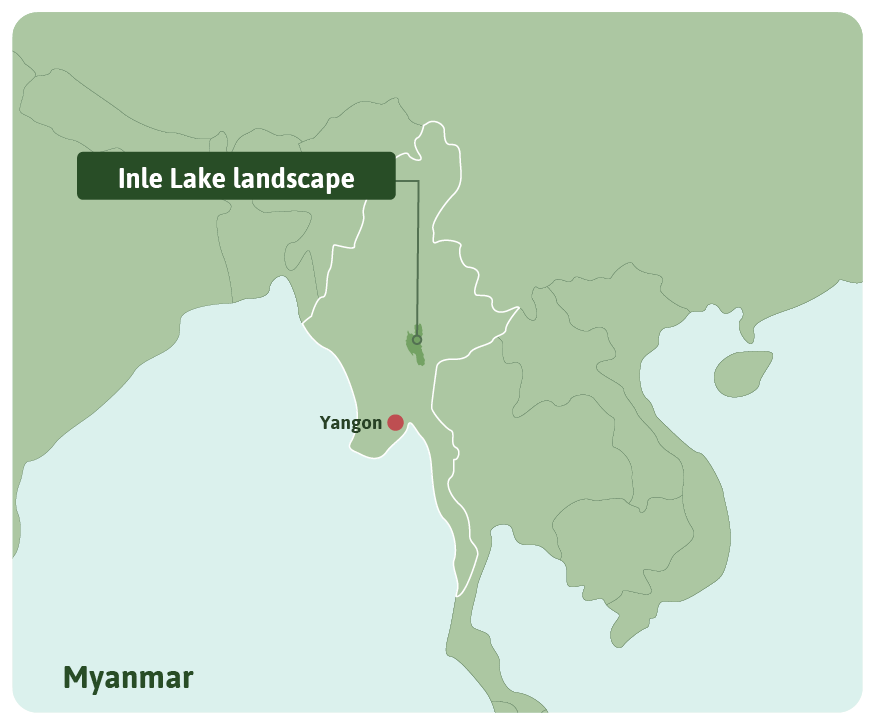
Entry points for investment to achieve the SDGs
-
Formalizing local communities' rights to manage forests
-
Fostering multi-stakeholder participation in establishing zones and guidelines for sustainable management of natural resources
-
Supporting the development of inclusive forest-based business opportunities for women and other marginalized groups
The Inle Lake landscape in Myanmar and the people and biodiversity it shelters are threatened by increasing pressure on natural resources, insecure tenure rights and conflict. Empowered local communities must lead the sustainable development and the protection of the forested landscape, and at RECOFTC we have the vision, skill, relationships and experience to support their leadership. Since 2014, we have helped the people of Inle Lake to build their capacity to secure their land tenure and resources rights, govern and manage their lands and improve their livelihoods. Today, there are tremendous new opportunities to further support local communities, government, civil society and the private sector to overcome these threats. We offer three entry points for action that will foster prosperous communities and a thriving landscape by capitalizing on the ambitions of the local people, our experience in Inle Lake and the work of many other organizations. Through investments in Inle Lake we can contribute to achieving the Sustainable Development Goals of the United Nations 2030 Agenda. By 2030, we can lift more than 5,000 people out of poverty, empower 500 women to take active roles in decision-making, strengthen the capacity of more than 5,000 people to adapt to climate change and foster sustainable management of 10,000 hectares of forests. We can improve market access for 20 community-based enterprises through business partnerships. And by securing land rights, we can enable Myanmar to foster good forest governance and mitigate and adapt to climate change.
Challenges
Climate
- Through landscape degraded and unsustainable use of water, Inle Lake has shrunk to half its original size.
- Rising temperatures are increasing the intensity of storms and causing flooding and landslides leading to fatalities and displacement of communities.
Livelihoods
-
Annual income per capita is less than 1,500 US dollars.
-
Subsistence agriculture and limited market opportunities leave local people dependent on natural resources and vulnerable to climate disasters.
Governance
- The government has reached only 32 percent of its 2031 target of establishing community forests.
- The Inle Lake Management Authority gives rights for local people to have a say on conservation projects, but participation is limited.
- Conflicts over natural resources persist despite multi-stakeholder platforms such as the Inle Lake Management Authority.
Social inclusion
- Women are under-represented in Community Forest Management Committees, occupying eight percent of leadership and decision-making positions.

Partners
Local communities
- Ninety percent of local communities rely on forests for food, medicine, water and materials for making handicrafts.
- Eighty-five community groups manage less than 0.4 percent of the total forest area in the landscape.
Government
- More than 60 percent of forest land amounting to 1.4 million hectares of the landscape are protected.
- Existing rules and laws permit the government to grant land concessions to private companies for mining, agriculture and forestry.
- National, regional and district government agencies play a leading role in managing the landscape.
Private sector
- Fifty-two companies manage 768,903 hectares of agribusiness concessions, the highest concentration in Myanmar, with activities including mining, forestry, palm oil and rubber plantations, home agriculture for nuts and fruits, and aquaculture.
Civil society
- More than 100 civil society organizations working on environmental issues partner with the government, international organizations and local communities to implement community forestry laws and international initiatives such as the Forest Law Enforcement, Governance and Trade of the European Union (FLEGT).
Our experience in Inle Lake and Myanmar
Since 2015, RECOFTC has supported communities to secure their tenure rights and ensure a healthy and resilient Inle Lake landscape. Through our work we have become a leading voice in community forestry, recognized and trusted by local communities, the forestry administration, local authorities and civil society. We have:
- Trained 1,900 people, 12 percent of them women, in 30 communities living on the eastern part of Inle Lake, to manage 6,000 hectares of forest
- Piloted credit schemes in 30 communities
- Enabled local communities to secure low-interest loans to improve their livelihoods, establish new businesses, improve agricultural practices and fund the protection and management of community forests
- Helped local communities, authorities and forestry officials to share information, concerns and experience on community forests by setting up and developing local and regional community forest networks
We are well established in Myanmar. In 2013, the Government of Myanmar’s Forestry Department signed a Memorandum of Understanding with RECOFTC. Since then, we have:
- Secured land tenure rights in almost 100 villages
- Trained more than 7,900 people in the sustainable management of natural resources, more than 25 percent of them women, and more than 75 percent members of the local community
- Worked with and strengthened the capacity of more than 1,000 representatives of civil society and government



